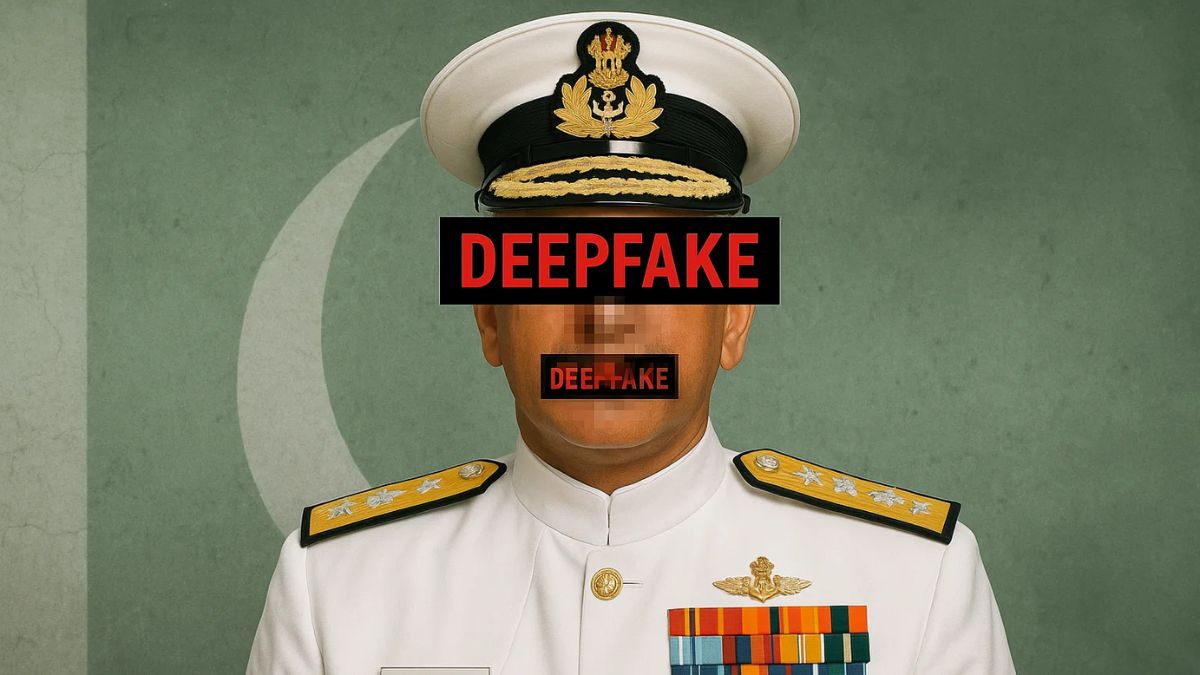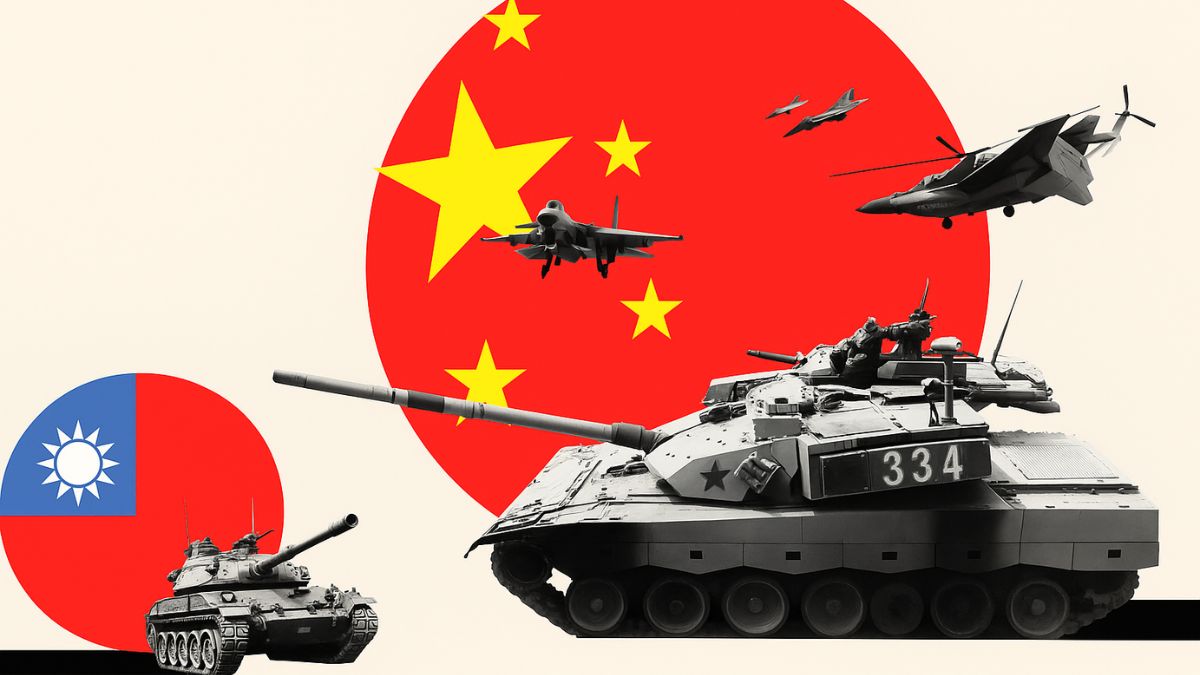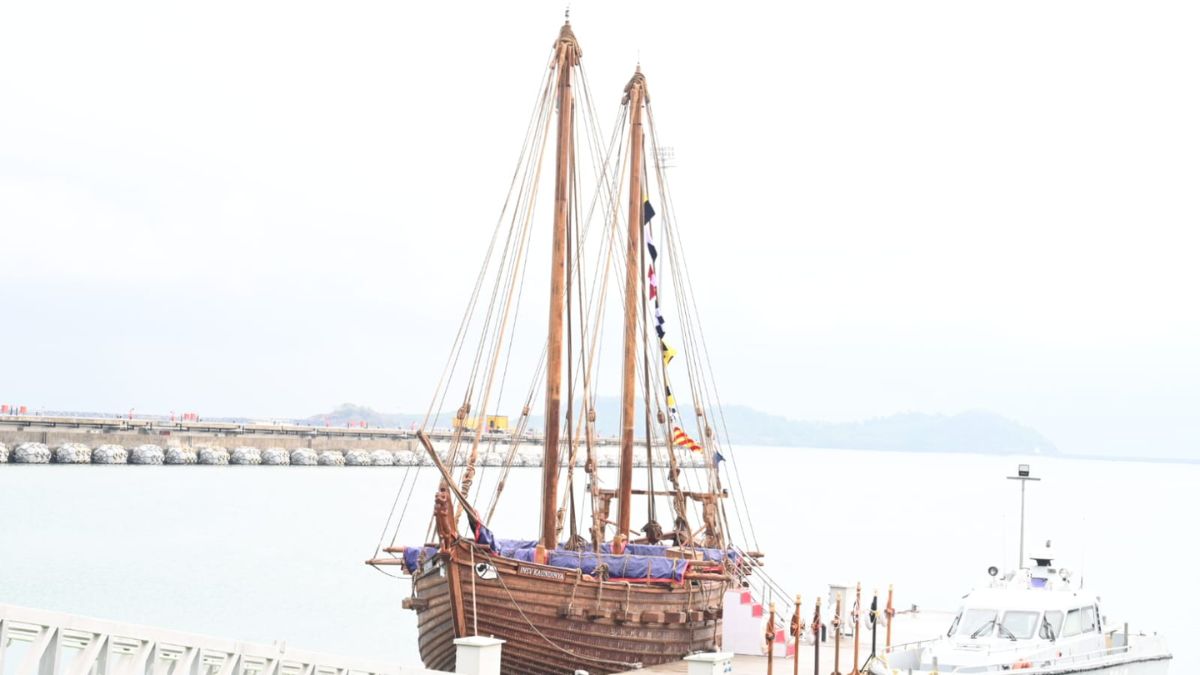India Proves Deep-Sea Rescue Credibility At XPR-25: Watch Submarine Rescue In Action In South China Sea
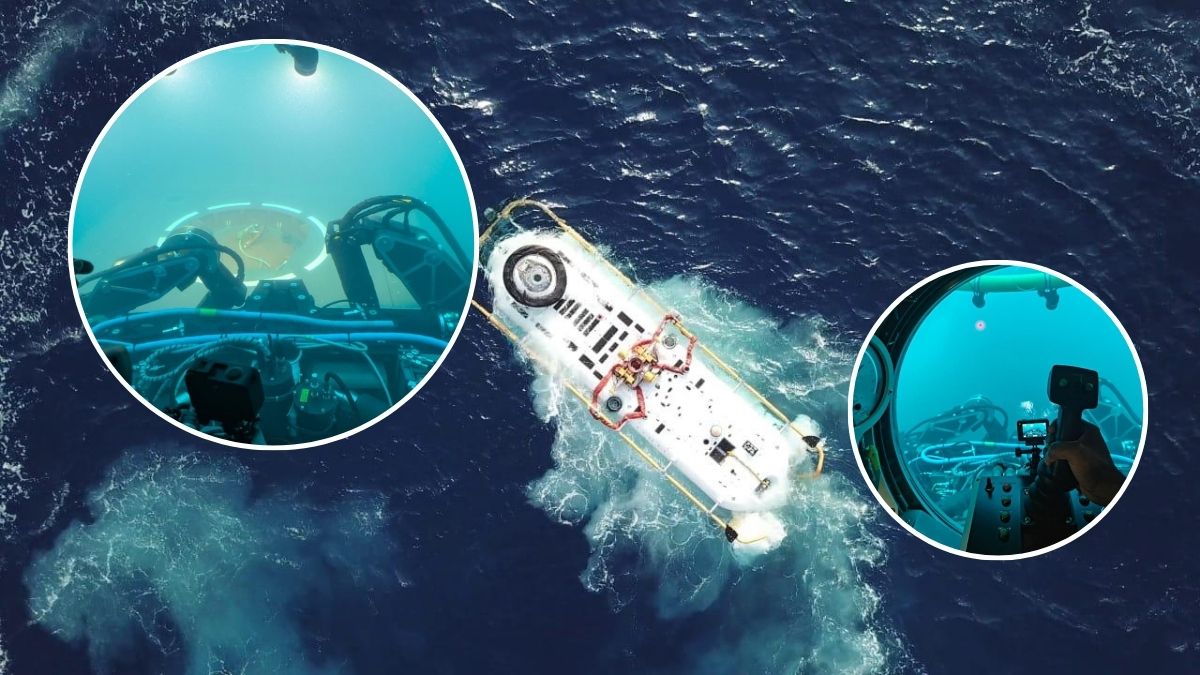
In a move that speaks volumes about the wide-ranging capabilities of Indian Navy, its Submarine Rescue Unit (East) demonstrated its skills in the South China Sea. This is the first time that the unit operated outside the Indian Ocean Region, as it conducted a full-spectrum rescue drill in the SCS.
Embarked on India’s first indigenously designed and built Diving Support Vessel INS Nistar, the unit delivered a standout performance at Exercise XPR-25 hosted by the Republic of Singapore Navy (RSN). Over three consecutive days, the unit executed three successful matings with foreign submarines, displaying operational finesse and reinforcing India’s emergence as a serious global player in submarine rescue.

XPR-25: What was the scale and structure of the exercise?
Held from September 15, 2025 to September 25, 2025, multinational submarine rescue exercise XPR-25 brought together over 40 participating nations. The exercise unfolded in two parts – the shore phase from September 15 to 20, 2025 and the sea phase from September 21 to 25, 2025.
Three submarine rescue units, each embarked on a Mother Ship (MoShip), formed the core rescue component – MV Swift Rescue (Singapore), JS Chiyoda (Japan), INS Nistar (India).

These units operated with submarines from the Republic of Korea Navy, Japan Maritime Self-Defence Force (JMSDF) and the RSN, which acted as Disabled Submarines (DISSUBs) for realistic rescue simulations.
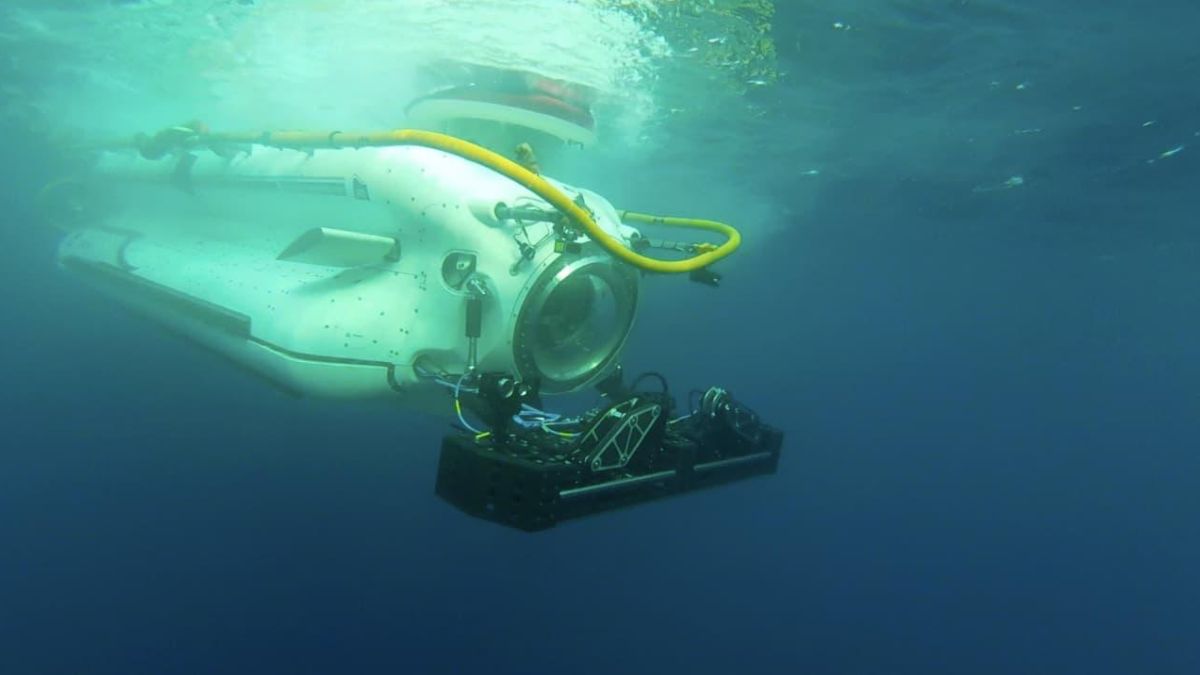
How India contributed during the shore phase?
The initial phase focused on knowledge-sharing and interoperability. India presented its Deep Submergence Rescue Vehicle (DSRV) system philosophy during professional exchanges and participated in an international medical symposium, outlining its post-rescue medical preparedness.
The sea phase in the South China Sea showcased India’s operational capabilities. On September 23, 2025, the Indian DSRV Tiger X executed its maiden dive outside the Indian Ocean Region. It conducted a historic first mating with the Republic of Korea Navy submarine Shin Dol-Seok (S-082).
A second successful mating followed with RSN’s submarine RSS Invincible, marking two firsts for the Indian platform.
What made the final rescue drill historic?
The closing drill on September 25, 2025 featured the first-ever three-asset (R3) coordinated rescue in Pacific Reach history. INS Nistar led the localisation and survey of the datum, passing critical information to MV Swift Rescue and JS Chiyoda.
With RSS Invincible simulating the distressed submarine, India deployed its ROV followed by the IN DSRV, achieving mating within an hour of the dive. The effort underscored India’s technical speed and seamless integration with partner navies.
Why is XPR-25 considered a turning point for India?
The exercise marked a defining leap in India’s submarine rescue profile. From the first foreign submarine matings by an Indian DSRV to its role in a multinational coordinated R3 rescue, XPR-25 cemented India’s capability, credibility and commitment to international submarine safety and cooperation.

